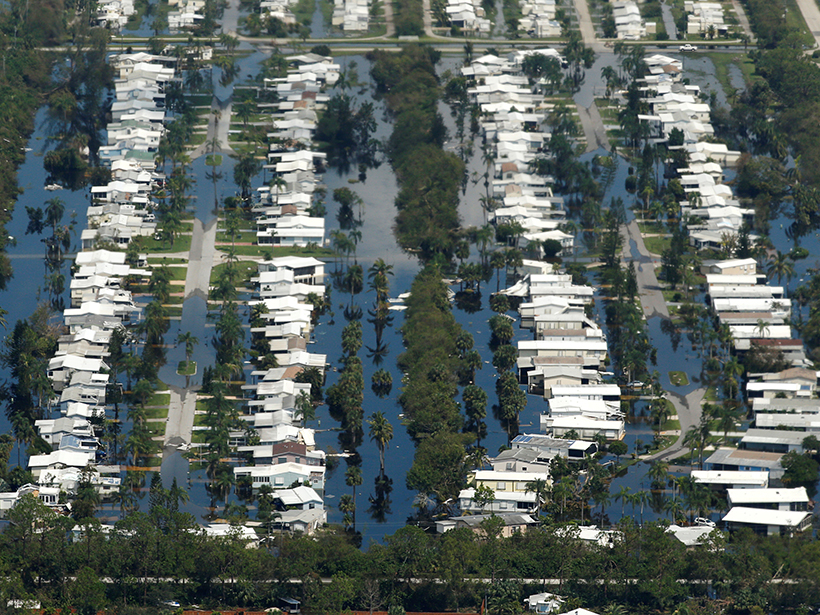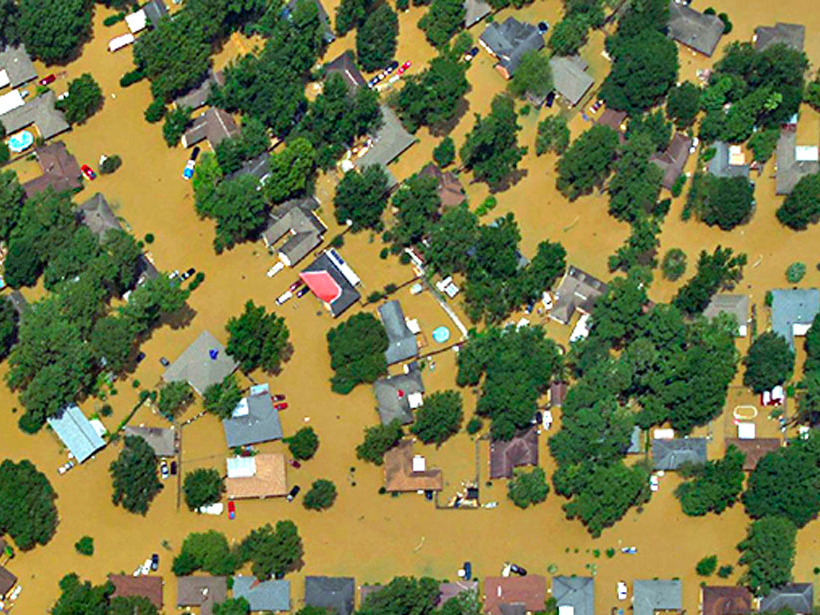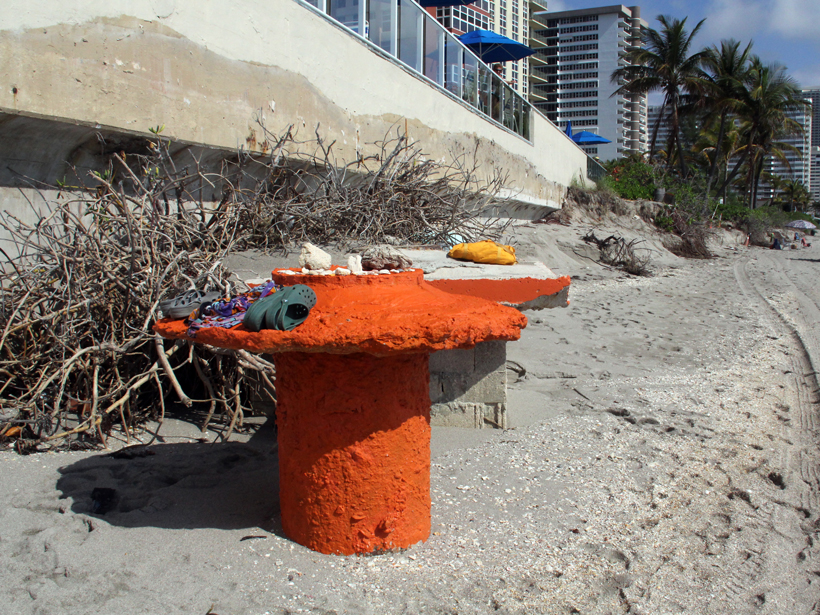The delivery of weather satellite imagery is reliable today, but will it stay that way in the future?
disaster management
A Near-Real-Time Tool to Characterize Global Landslide Hazards
By fusing susceptibility information with precipitation data, a new model generates “nowcasts” to predict the potential for rainfall-triggered landslides in steep terrain between 50°N and 50°S.
How Paleofire Research Can Better Inform Ecosystem Management
Global Paleofire Working Group 2: Paleofire Knowledge for Current and Future Ecosystem Management; Saint-Hippolyte, Quebec, Canada, 10–14 October 2017
Satellites and Cell Phones Form a Cholera Early-Warning System
A new initiative combines satellite data with ground observations to assess and predict the risk of cholera outbreaks in Bangladesh’s vulnerable populations.
Monitoring Coastal Zone Changes from Space
The resilience of coastal communities depends on an integrated, worldwide coastal monitoring effort. Satellite observations provide valuable data on global to local scales.
Past FEMA Head Urges Smarter Rebuilding After Natural Disasters
Craig Fugate says the United States has an opportunity to rebuild more resiliently if Congress doesn’t simply provide relief money but also requires rebuilding to higher standards.
Deciphering Deluges
New modeling approach reexamines two key assumptions about flooding.
Cities Partner to Prepare for Natural Hazards and Climate Change
NASA-Rio-UCCRN Workshop on Sea Level Rise, Urban Heat Islands, and Water Quality; New York, 14–16 November 2016
Algorithm Discerns Where Tweets Came from to Track Disasters
New pilot system that analyzed more than 35 million flood-related Twitter posts to determine their geographic origin might help first responders locate and react more quickly to calamities.
Communities and Experts Collaborate for Climate Resilience
The Resilience Dialogues program provides resources and expertise to help communities build individualized plans for resilience in the face of climate change.










